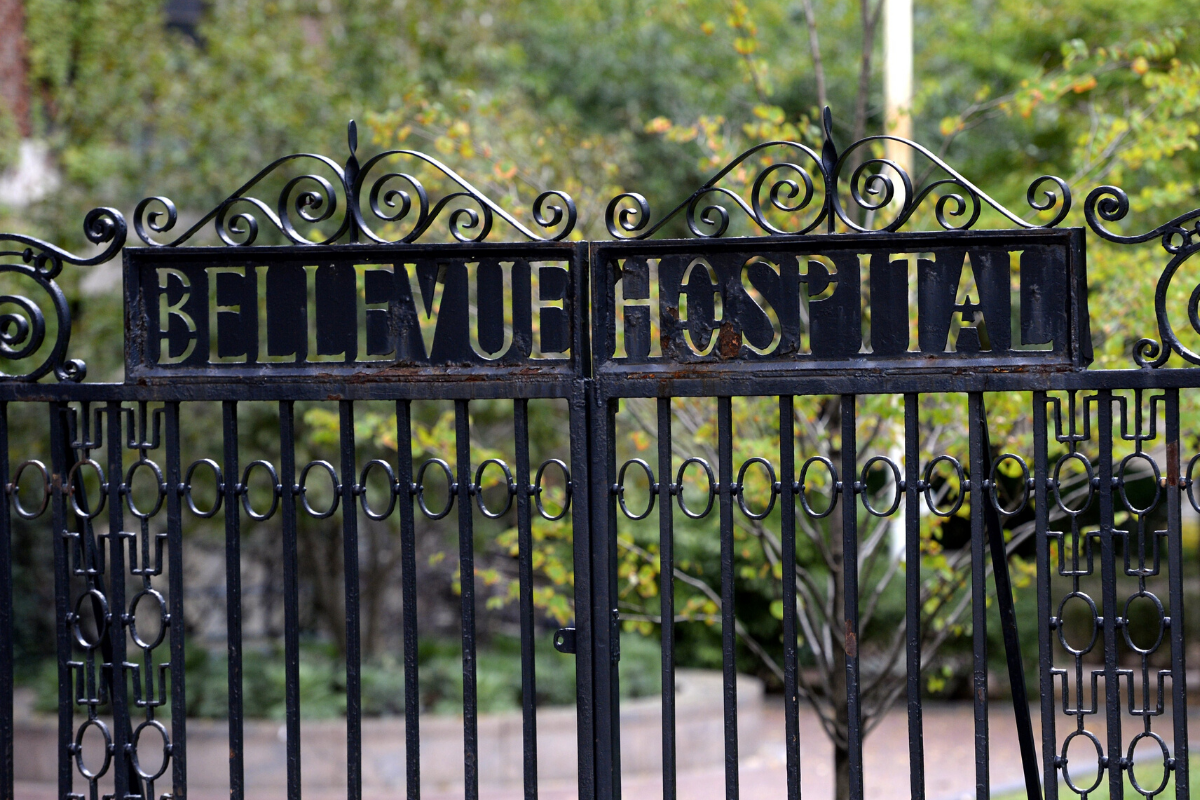

(Photo by Timothy A. Clary/AFP via Getty Images)
At the peak of the COVID-19 pandemic last month, New York City hospitals saw about 3,000 patients per day. As the virus continued its spread in the area, some disturbing statistics were also revealed: Black and Latino patients were disproportionately affected by the disease, and they were dying at twice the rate of other patients.
Even though New York City is no longer at the peak of the outbreak, intensive care units across the city are still busy caring for COVID-19 patients. Among them is the unit in Manhattan’s Bellevue Hospital, part of the NYC Health + Hospitals system, where 35% of patients identify as Latino.
With its history dating back to the 1700s, Bellevue is the oldest hospital in America. It has historically been at the front lines of many public health crises in New York City, including yellow fever, cholera, tuberculosis, and the 1918 influenza. With COVID-19, the hospital has once again transformed itself to treat New Yorkers who have been hardest hit during this crisis. Many of these patients are immigrants, low-income, and Black and Latino. Their age varies, and they are often employed in essential construction, delivery, or grocery jobs.
To get a look inside the Bellevue ICU and learn about the patients still fighting for their lives against COVID-19, Maria Hinojosa spoke with Dr. Susan Cohen, the hospital’s Director of Palliative Care. Over the phone, Dr. Cohen led Latino USA on a walkthrough of the unit and talked about working with these patients on the front lines of the pandemic.
This Latino USA podcast was produced by Alejandra Salazar.
***
NPR’s Latino USA with Maria Hinojosa, produced by Futuro Media, is the longest-running Latino-focused program on U.S. public media.


